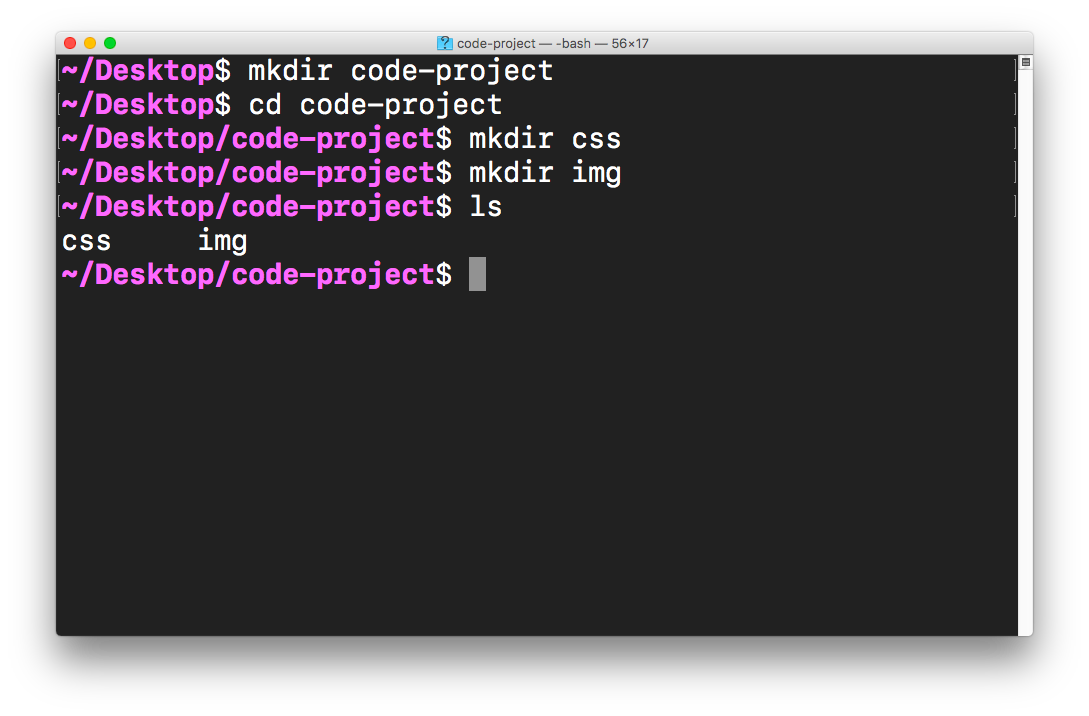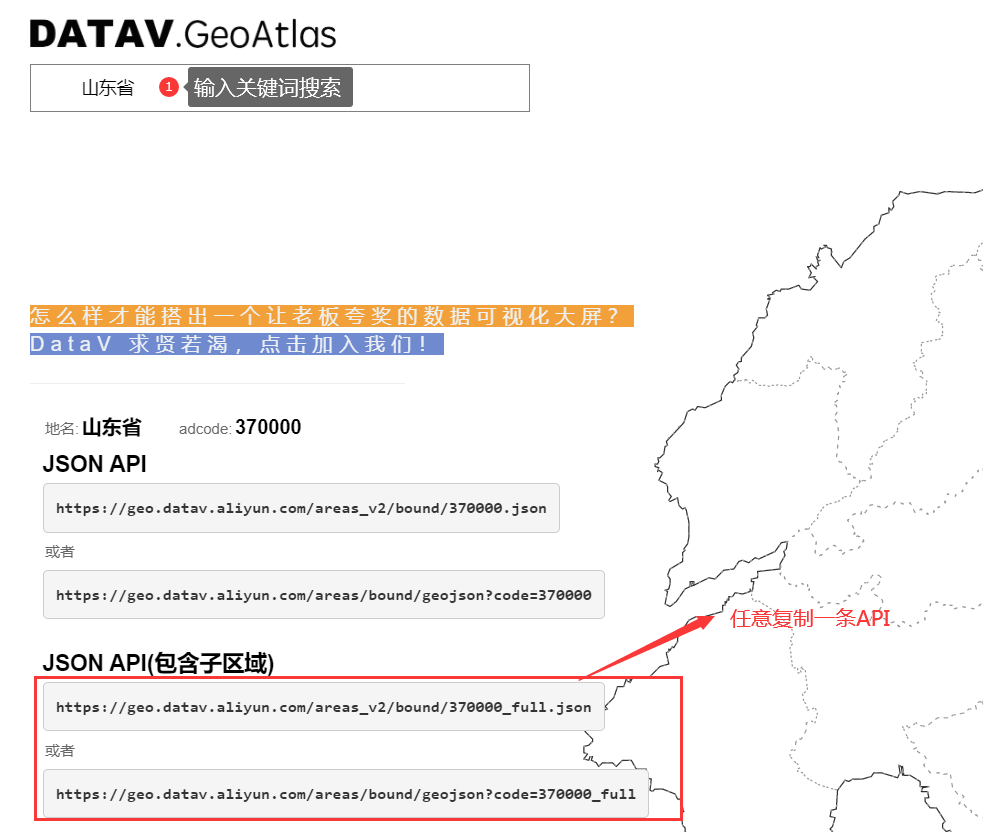

- Terminal find file name pattern install#
- Terminal find file name pattern update#
- Terminal find file name pattern windows#
Commands to install FreeOffice on Debian 11 BullseyeĬategories Ubuntu Tags ubuntu, ubuntu 20.04, Ubuntu 22.Commands to Install VirtualBox 7.0 on Ubuntu 22.04 or 20.04.
Terminal find file name pattern update#
Snap-on Linux- Installation, update and delete commands.4 Different commands to Shutdown or Restart Ubuntu Linux.By utilizing commands such as ‘find’, ‘locate’, and ‘grep’, you can search for files based on different criteria, including name, type, size, and modification time.

It will enhance productivity because you don’t have to go through a long list of files to find the one you are looking for. So, these were a few basic commands tools that we can use on Ubuntu to search files using the Terminal. The ‘ls -R’ command lists all files recursively, and ‘grep’ filter the output based on the specified pattern.Įxample: To find all the files in your current directory ended up with the ‘.txt’ extension. Replace “ pattern” with the text pattern you’re searching for. To search for files using ‘ grep‘, open a terminal and use the following command: ls -R | grep "pattern" The ‘grep’ command is primarily used for searching patterns within file contents but can also be used to search for files based on specific text patterns in their names. If you want to search all files by ignoring case sensitivity use the -i option, here is the example: locate -i Myfileįor locating multiple files add their names of them in front of Locate command, for example: locate –i mfile.txt myfile.iso demo.txt 4: Using the ‘grep’ Command Replace “myfile” with the name or pattern you want to search. To specify these folders, instead of typing a single slash to specify the entire filesystem to search, in step 2 above simply drag the desired folder to the Terminal window when typing the command.After updating the database, we can search for the file or files using the locate command, here is how? locate myfile
Terminal find file name pattern windows#
DS_Store files, you might only want to delete them from shared folders that Windows or Linux systems might connect to, instead of remove them from your entire system. In the case of the ".lockfile" files, they are only generated in the preferences folders on the system, and in the case of the. Therefore, you can tell it to only search specific folders by specifying them instead of using the single slash. In the command examples above, the single slash tells them to search the entire filesystem however, this can cause the command to take a while and perhaps include files you do not wish to include.

shopt -s globstar nullglob printf sn /.pdf The nullglob prevents filename patterns which match no files to expand to a null string, rather than themselves. Lastly, you can further isolate groups of the files you are trying to delete by specifying subdirectories that contain them. On the native bash shell you have on macOS Terminal (version 4 atleast), enable an extended glob option globstar to enable recursive glob match on nested sub-directories. DS_Store files do not contain any additional components to their names. You can use a wild card such as "*.DS_Store" but there's no need because. For example, to find out which processes are running on your system as user www-data you can use the. and only the lines matching a given pattern will be printed on the terminal. However, if the number of files are too many, find will use more command invocations as necessary. You can choose to execute the command once for every file (by using ) or just once for all the matching files (by using + ). In these cases, there is no need for a wild card. To be able to search the file, the user running the command must have read access to the file. The -exec option helps you to pass the matching files to another command. In this case, the following wild card will target these files:


 0 kommentar(er)
0 kommentar(er)
